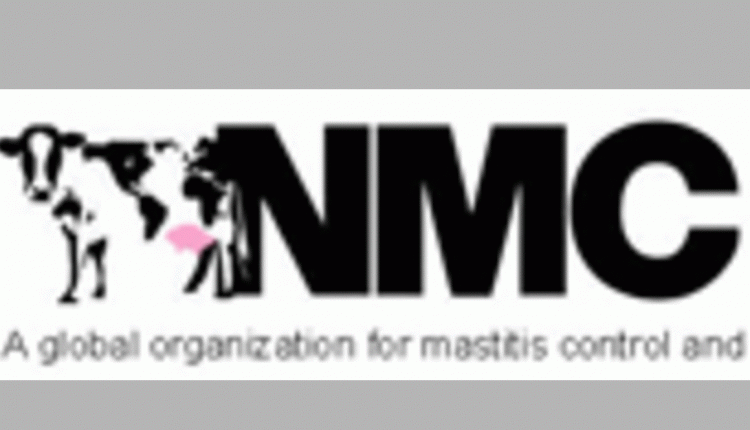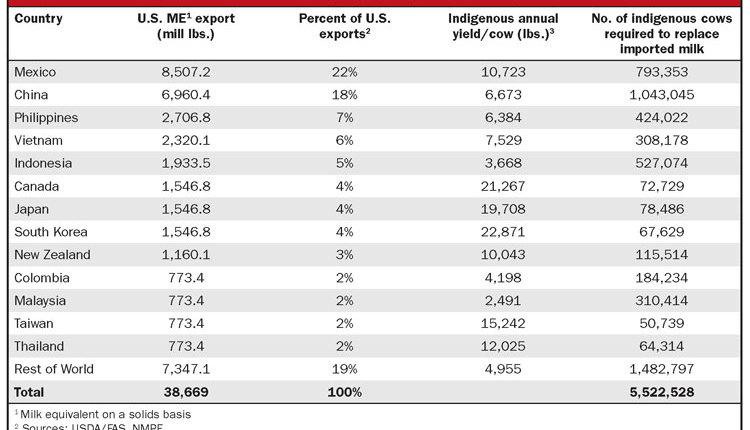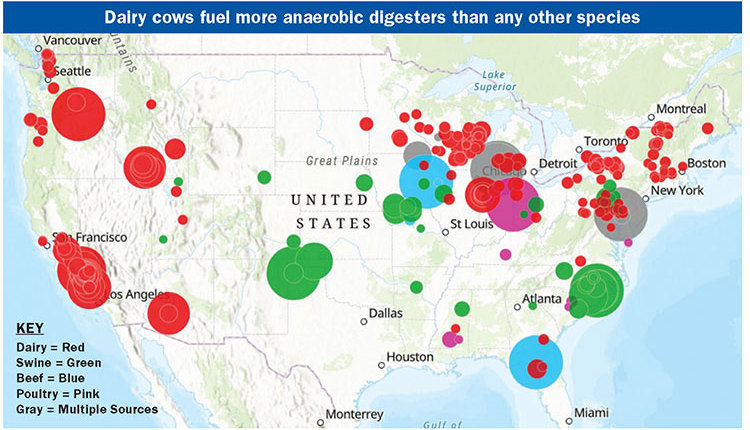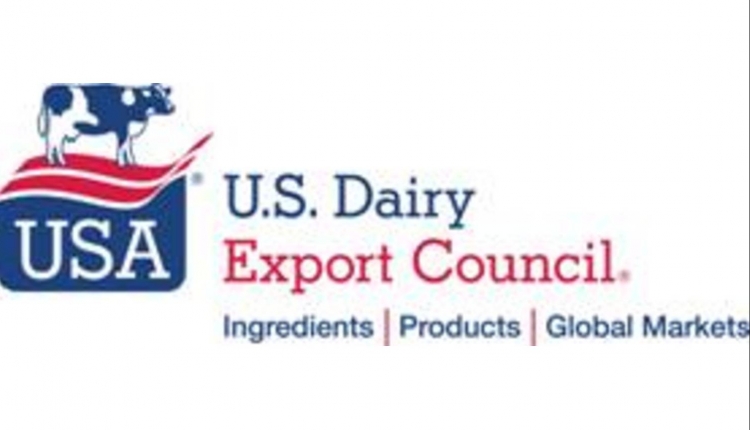
NMPF Questions: Foundation for the Future Proposal
Dairy Market Stabilization Plan
Dairy Market Stabilization Plan
Could the market stabilization program threaten export sales by reducing milk (dairy product) supplies too much?
The Dairy Market Stabilization Program is designed to act swiftly, but infrequently, to temporarily adjust milk production to raise producer margins. Even in the worst case scenario - 2009, analysis by the FAPRI shows the program would have been in effect a maximum of three months. During that time, the total reduction in milk production would have been approximately 1 percent. This is not a significant enough to threaten export sales.
How does FFTF address dairy imports?
The threat of dairy imports comes only when U.S. prices are 20 percent or more higher than world prices. The market stabilization program contains a provision that the program will not go into effect, or will cease, if the domestic price is 20 percent or more above world prices. In addition, all expectations are such that world demand will surpass world supply, limiting the amount of product to be exported to the U.S.
Why not use feed costs (for margin calculations) based on the NASS data that we now use to calculate a monthly feed cost for the Milk-Feed Price Ratio with adjustments to reflect the cost of feeding dry cows and young stock, as well as milking herds?
A review of the 30-year-old NASS feed ration by the dairy producers and others working on the development of the DPMPP revealed that it is not reflective of the ration today's producers are feeding to their dairy herds. In fact, the NASS ration has been determined to be very much outdated.
In addition, NASS collects prices received by corn and soybean farmers for their products not necessarily equal to the prices paid by dairy farmers for the same products. The DPMPP development team believed that CME prices reflect more closely what dairy farmers paid for corn and soybean meal. The development team also reached out to animal nutritionists and other dairy producers as well as experts on rations from several cooperatives and feed companies, in order to create a modern ration that reflects today's cost of dry matter intake used in feeding all dairy animals on the facility. The new ration and margin also reflect the cost of producing 100 pounds of milk, which is not reflected in the NASS milk-feed ratio.
Why doesn't FFTF account for regional differences in costs of feeds used to calculate margins?
The FFTF programs that employ this new margin are national programs and, therefore, it is necessary to use national data rather than inconsistent or nonexistent regional data. The intent of FFTF is not to disrupt or impact the competitive forces at work between regions of the country. Even within a state or a region there can be significant differences between costs, however, analysis indicates that when margins as low there is very little variation between regions.
Why is there a producer board to spend market stabilization program monies under the FFTF, but not a producer board to oversee the entire program as is the case with some other proposals?
The developers of the FFTF determined that that the implementation of the various programs elements should be straightforward with as minimal government involvement as possible. Therefore, it was agreed that the involvement of a producer board would be limited to two purposes and only two purposes: (1) to determine how funds generated under the DMSP would be used in purchasing dairy products for feeding programs; and (2) to conduct a review of the DMSP program every two years and make recommendations to the USDA Secretary for possible changes.
The plan is that market stabilization measures would kick in after two consecutive months below certain margins. What deductions would producers see if the margin one month was below $6 and below $4 the following month?
The margin would have to be below $6 for two consecutive months, and the producer would be paid for 98 percent of their base production. The base production is chosen by the producer once a year and is either the average production for the three months prior to the announcement that the program is going into effect the following month or the same month in the previous year for each month the program is in effect.
If the program is in effect based on the fact that the margin fell below the $6 level for two consecutive months and the margin subsequently falls below $4, producers will be paid of 96 percent of their base. The percentage of base on which the producer is paid will stay at the lowest level until the margin is above $6 for two consecutive months.
If we use the market stabilization money for domestic food programs, aren't we shooting ourselves in the foot by preventing people from buying dairy products?
Unlike the massive giveaway program of the 1980s that gave five-pound blocks of cheese to large segments of the population and resulted in a significant displacement of commercial sales, the DMSP food donations will be targeted to those U.S. citizens who are most in need and not currently receiving dairy foods through food assistance programs. This will minimize commercial displacement and, hopefully, build additional demand in the future.








